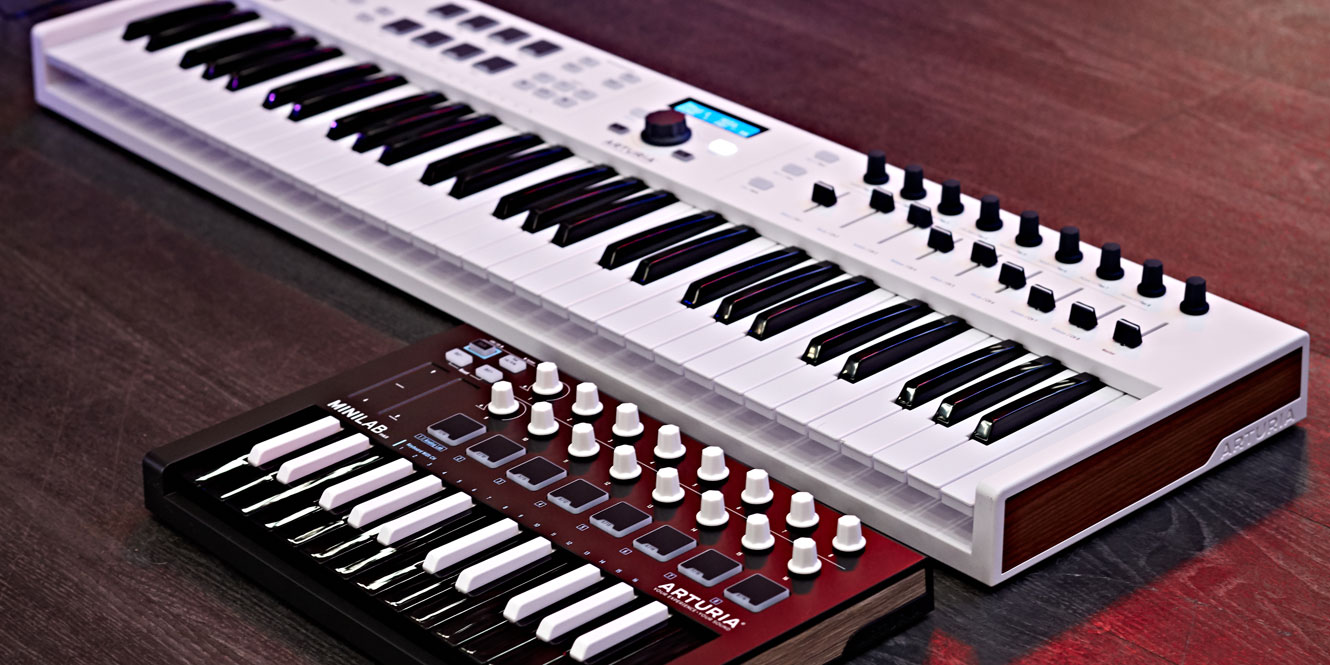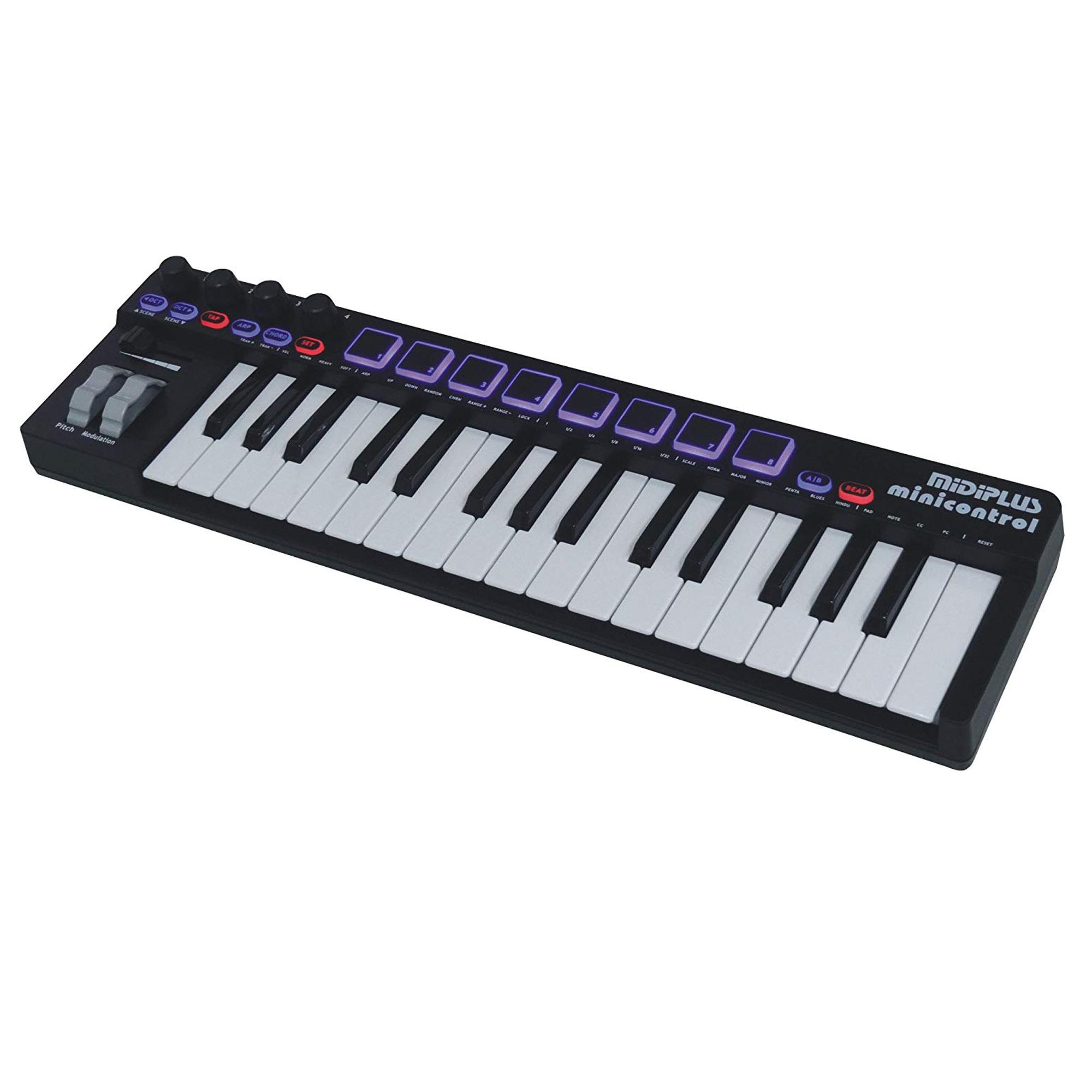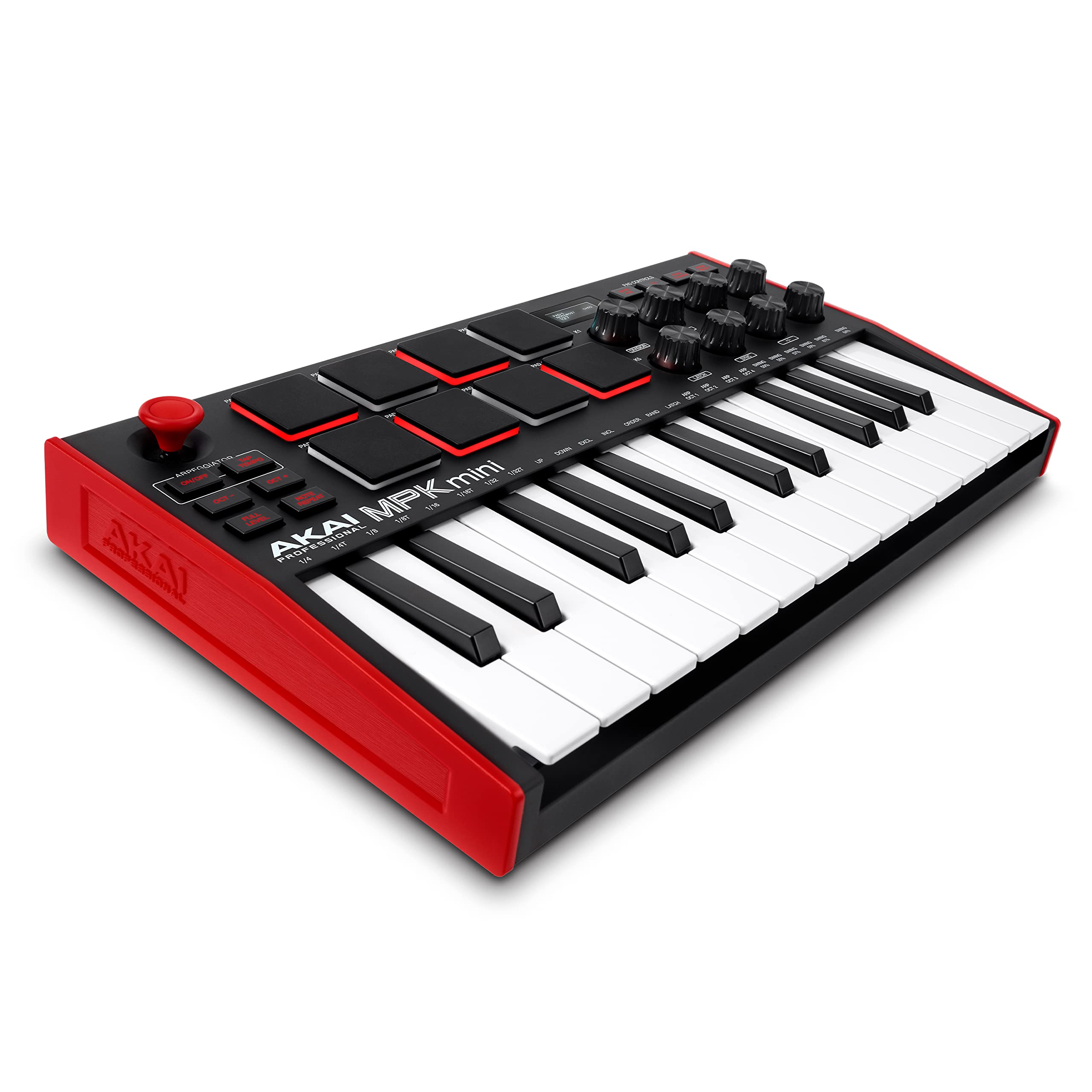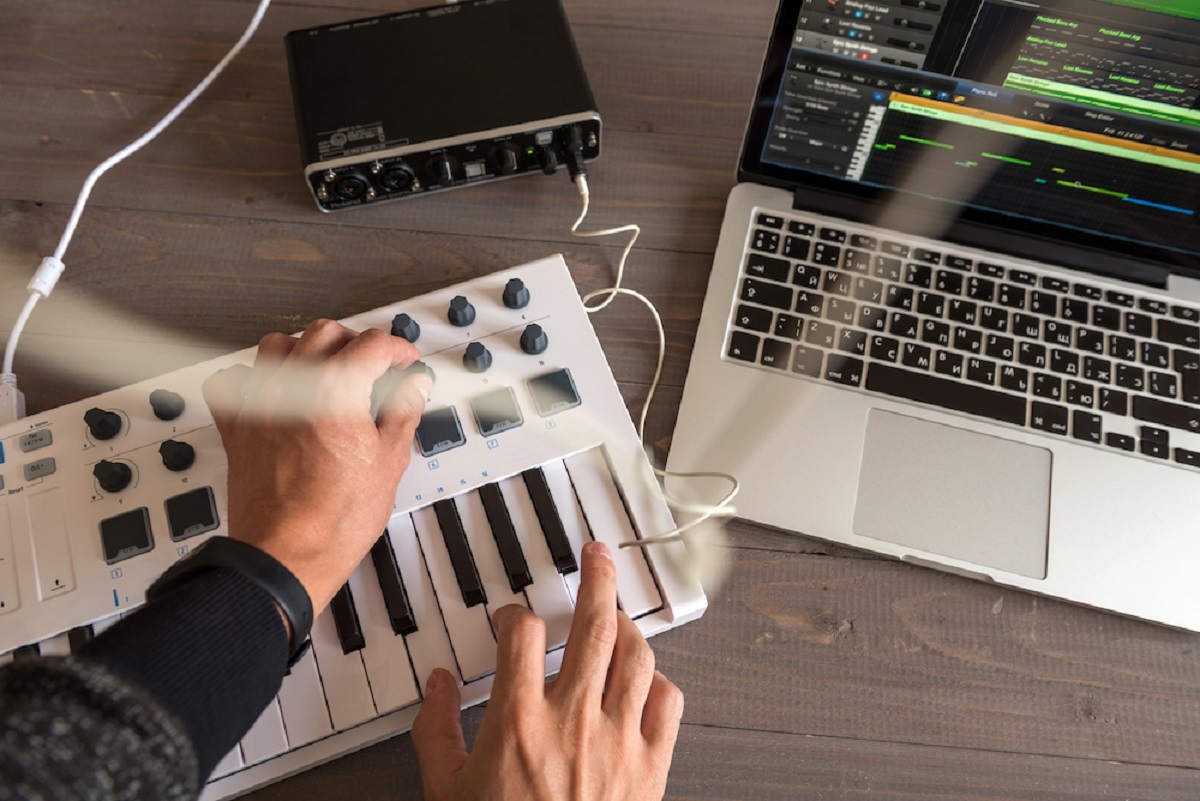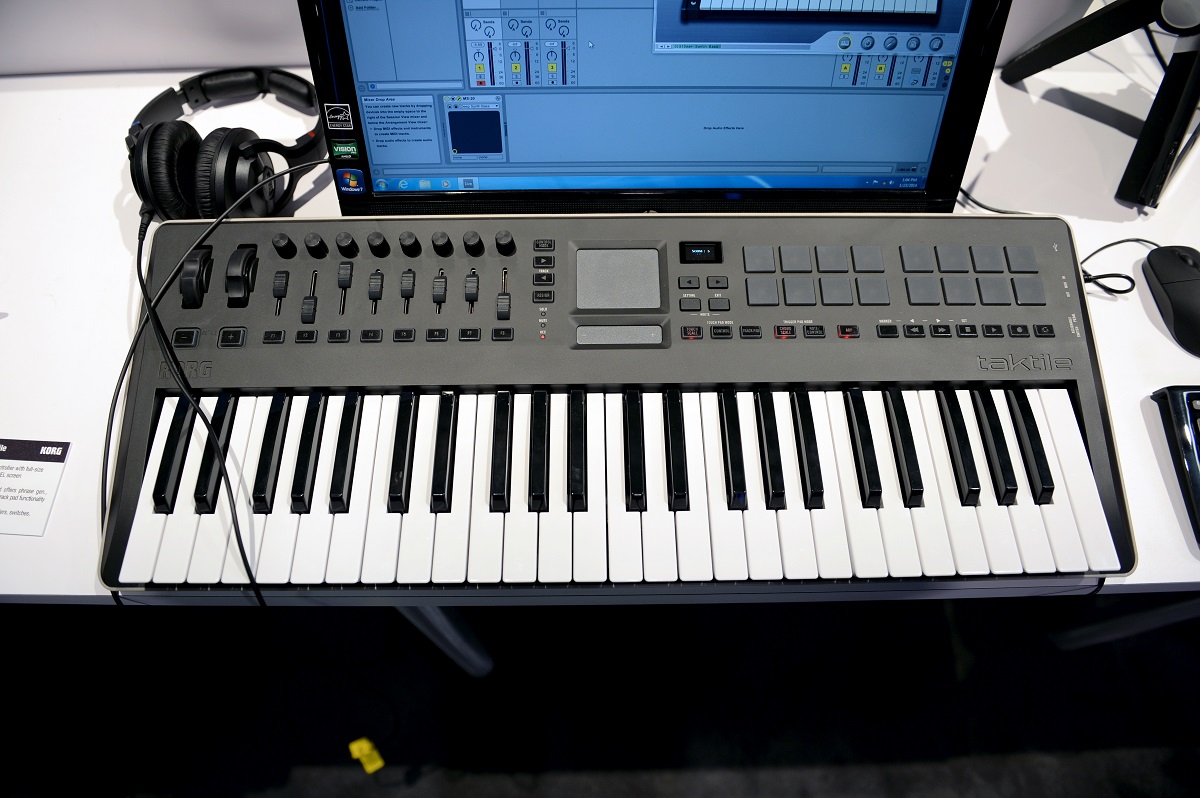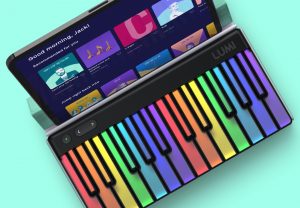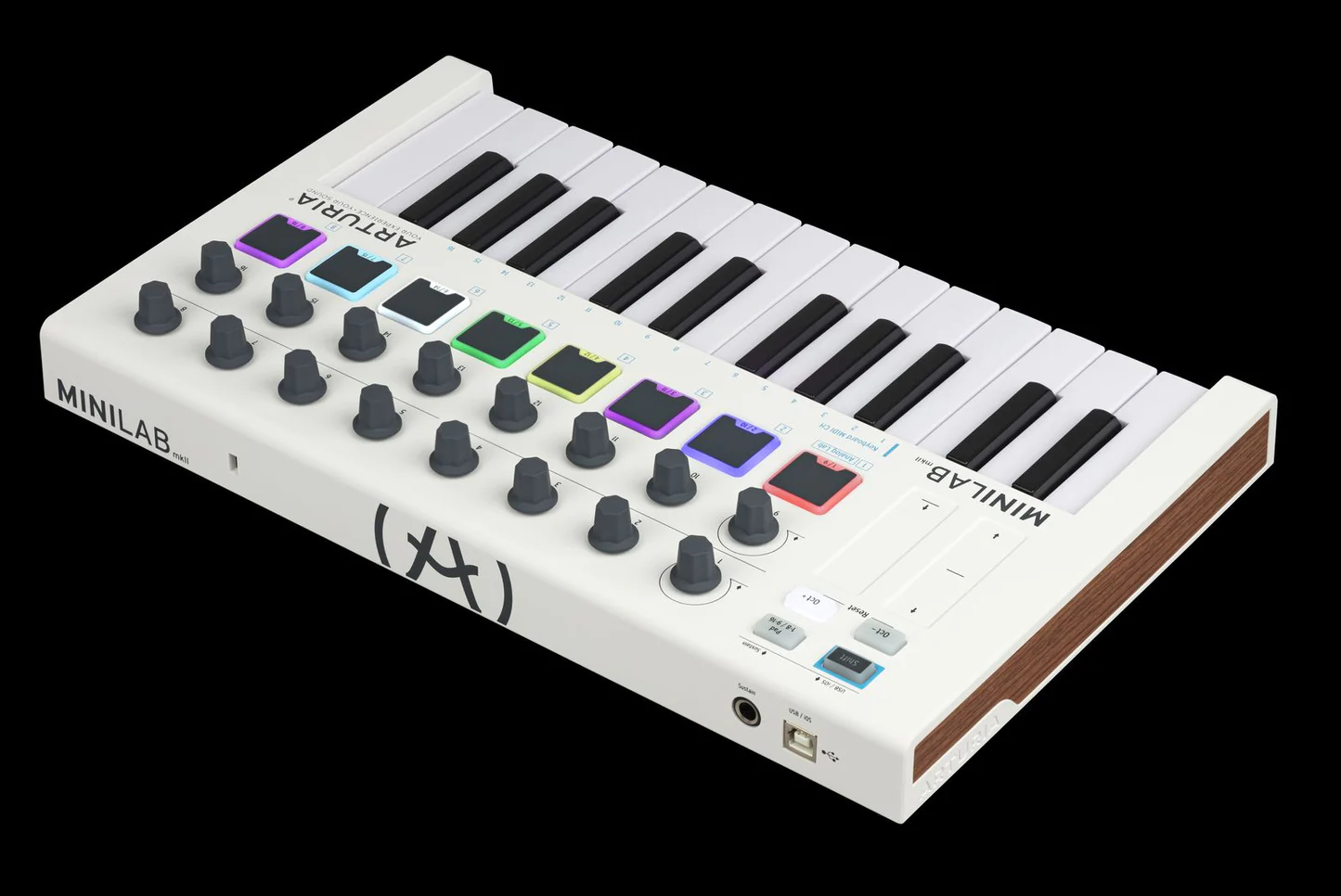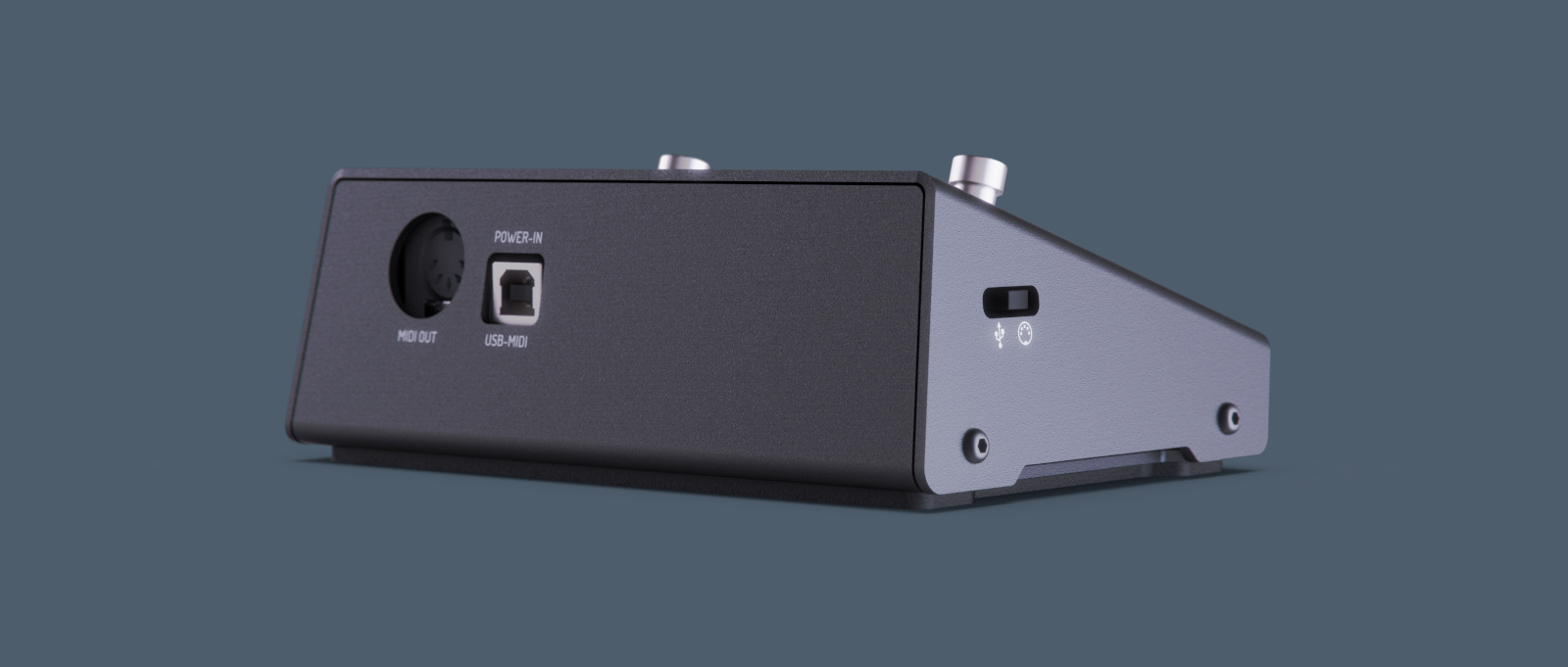Introduction
Introduction
Welcome to the fascinating world of music production and performance! If you’ve ever wondered about the magic behind creating music using electronic instruments, you’ve come to the right place. In this article, we’ll delve into the inner workings of MIDI keyboards, shedding light on how these versatile instruments generate and communicate musical data. Whether you’re an aspiring musician, a tech enthusiast, or simply curious about the intersection of music and technology, understanding the functionality of MIDI keyboards can open up a whole new realm of creative possibilities.
As we embark on this exploration, we’ll uncover the fundamental principles that drive MIDI keyboards, demystifying their role in modern music production. From understanding the basic components to unraveling the intricacies of MIDI communication, you’ll gain valuable insights that will deepen your appreciation for the art and science of music creation. So, let’s embark on this enlightening journey and unveil the inner workings of MIDI keyboards!
What is a MIDI Keyboard?
At its core, a MIDI keyboard is a versatile musical instrument that utilizes the Musical Instrument Digital Interface (MIDI) protocol to communicate with other electronic devices, such as computers, synthesizers, and sound modules. Unlike traditional pianos or keyboards, MIDI keyboards do not generate sound on their own. Instead, they serve as controllers, transmitting a wide range of musical data, including note information, velocity, pitch, modulation, and more, to connected devices.
One of the defining features of MIDI keyboards is their ability to produce a diverse array of sounds by interfacing with external sound modules or software. This flexibility allows musicians and producers to access an extensive library of virtual instruments and synthesizers, expanding their creative palette without the need for physical hardware. Additionally, MIDI keyboards often feature a range of assignable knobs, sliders, and pads, empowering users to manipulate sound parameters and create dynamic, expressive performances.
From compact, portable models tailored for on-the-go music production to full-sized, weighted-key instruments that emulate the feel of acoustic pianos, MIDI keyboards come in various shapes and sizes to cater to different preferences and playing styles. Whether you’re a seasoned performer, a studio producer, or an electronic music enthusiast, the adaptability and functionality of MIDI keyboards make them indispensable tools for realizing musical ideas and pushing the boundaries of sonic exploration.
How Does a MIDI Keyboard Generate Sound?
Contrary to traditional pianos or keyboards, MIDI keyboards do not produce sound directly. Instead, they rely on external devices, such as synthesizers, samplers, or computers, to generate audio based on the musical data they transmit. When a key is pressed on a MIDI keyboard, it sends a series of digital messages, including note-on and note-off commands, velocity, and other performance parameters, via the MIDI interface to the connected device.
Upon receiving these MIDI messages, the external device interprets the data and triggers the corresponding sound. This process allows for a remarkable degree of flexibility and customization, as the sound source can be swapped or modified without altering the physical keyboard itself. Whether it’s emulating the timbre of traditional instruments, sculpting complex electronic sounds, or layering multiple textures in real time, the versatility of MIDI keyboards in sound generation is virtually limitless.
Furthermore, MIDI keyboards often incorporate features that enhance the expressiveness and nuance of the generated sounds. For instance, velocity-sensitive keys detect the force with which a key is struck, influencing the volume and intensity of the produced sound. Additionally, modulation wheels, pitch bend controls, and aftertouch sensitivity enable performers to infuse their playing with subtle variations and articulations, adding a human touch to the synthesized or sampled sounds.
As technology continues to evolve, MIDI keyboards have embraced innovative sound generation capabilities, including seamless integration with virtual instruments and digital audio workstations (DAWs). This integration empowers musicians and producers to harness the power of software-based sound libraries and effects, shaping their musical ideas with unprecedented precision and creativity. Whether in the studio or on stage, the symbiotic relationship between MIDI keyboards and sound generation devices has revolutionized the landscape of contemporary music production and performance.
MIDI Messages and Communication
Central to the functionality of MIDI keyboards is the transmission of MIDI messages, which serve as the language through which musical data is communicated between devices. These messages encompass a diverse range of information, including note-on and note-off commands, velocity, pitch, modulation, control changes, and system-exclusive data, among others. By encapsulating these details in a standardized format, MIDI enables seamless interoperability between different electronic instruments and equipment, fostering a cohesive ecosystem for music creation and performance.
One of the key advantages of MIDI communication lies in its efficiency and precision. MIDI messages are transmitted digitally, ensuring accurate and reliable data exchange without degradation or loss of quality. This digital nature also enables real-time interaction between a MIDI keyboard and its connected devices, allowing for instantaneous response to performance gestures and parameter adjustments.
Furthermore, MIDI facilitates polyphonic expression, enabling the simultaneous transmission of multiple notes and performance nuances. This capability is particularly valuable for capturing the intricacies of expressive playing, as well as for controlling complex arrangements and orchestrations with seamless articulation and dynamics.
Moreover, MIDI messages extend beyond musical note data, encompassing a wide array of control information that can be leveraged to manipulate sound parameters, trigger effects, and automate various aspects of music production. From shaping the timbre of synthesized sounds to adjusting the spatial positioning of audio in a mix, MIDI communication empowers musicians and producers to sculpt and shape their sonic creations with precision and artistry.
As the landscape of music technology continues to evolve, MIDI communication remains a cornerstone of modern music production and performance. Its adaptability, reliability, and universality have cemented its status as an indispensable tool for realizing creative visions and pushing the boundaries of musical expression. Whether in the studio, on stage, or in the realm of electronic music composition, MIDI messages form the backbone of a dynamic and interconnected musical ecosystem.
Connecting a MIDI Keyboard to a Computer or Device
Connecting a MIDI keyboard to a computer or compatible device is a pivotal step in unlocking its full potential for music production, performance, and recording. The process involves establishing a communication link between the MIDI keyboard and the target device, enabling seamless data exchange and control over sound generation and manipulation. There are several methods for establishing this connection, each offering unique advantages and flexibility.
One of the most common approaches to connecting a MIDI keyboard to a computer is through the use of a MIDI interface or USB connection. Many modern MIDI keyboards are equipped with USB ports, allowing for direct plug-and-play connectivity to computers and mobile devices. This streamlined integration simplifies the setup process, making it accessible to musicians and producers of all levels of technical expertise.
For MIDI keyboards without a built-in USB interface, standalone MIDI interfaces serve as reliable bridges between the keyboard and the computer. These interfaces typically feature MIDI input and output ports, enabling seamless communication with external devices. By connecting the MIDI interface to the computer via USB or other compatible ports, users can establish a robust MIDI connection, facilitating the exchange of musical data for recording, playback, and real-time performance.
Additionally, advancements in wireless technology have paved the way for wireless MIDI connectivity, offering a cable-free solution for linking MIDI keyboards to computers and mobile devices. Through the use of Bluetooth or Wi-Fi protocols, musicians can enjoy the freedom of movement and convenience afforded by wireless MIDI communication, opening up new possibilities for live performance and collaborative music-making.
Once the MIDI keyboard is successfully connected to the computer or device, users can leverage a wide range of music production software, digital audio workstations (DAWs), and virtual instruments to harness the expressive potential of the MIDI keyboard. Whether it’s recording intricate performances, sculpting rich soundscapes, or exploring innovative sonic textures, the seamless integration between MIDI keyboards and digital platforms empowers creators to realize their musical visions with precision and creativity.
Using a MIDI Keyboard with Music Production Software
Integrating a MIDI keyboard with music production software opens up a world of creative possibilities, empowering musicians and producers to craft intricate compositions, shape dynamic performances, and explore a diverse array of virtual instruments and soundscapes. Whether working within a digital audio workstation (DAW) or leveraging standalone music production software, the synergy between MIDI keyboards and software platforms enhances the flexibility, expressiveness, and depth of the music-making process.
One of the primary advantages of using a MIDI keyboard with music production software is the ability to access an extensive library of virtual instruments and sample libraries. From classic pianos and orchestral ensembles to cutting-edge synthesizers and experimental sound generators, MIDI keyboards serve as intuitive controllers for triggering and manipulating these digital instruments, breathing life into musical ideas with unparalleled realism and sonic depth.
Furthermore, MIDI keyboards offer a tactile and expressive interface for recording and editing MIDI data within music production software. By capturing performances in real time or inputting notes and articulations manually, musicians can infuse their compositions with nuanced phrasing, dynamics, and emotive gestures, adding a human touch to the digital realm of music creation.
Moreover, MIDI keyboards often feature assignable controls, such as knobs, sliders, and pads, that can be mapped to various parameters within music production software. This level of customization enables users to modulate sound parameters, trigger effects, and manipulate virtual instruments with precision, fostering a fluid and interactive approach to shaping and refining musical elements.
Additionally, the seamless integration of MIDI keyboards with music production software facilitates the creation of complex arrangements and orchestrations. Whether layering multiple instrument tracks, sculpting intricate melodies, or designing intricate soundscapes, the intuitive nature of MIDI keyboard control streamlines the process of composing and arranging, allowing for seamless exploration and experimentation.
As technology continues to evolve, the integration of MIDI keyboards with music production software continues to push the boundaries of creativity and innovation in music-making. The marriage of tactile performance control, expressive capabilities, and boundless sonic potential within the digital realm underscores the transformative impact of MIDI keyboards on contemporary music production and composition.
Conclusion
As we conclude our exploration of MIDI keyboards, it’s evident that these versatile instruments occupy a central role in modern music production, performance, and composition. From their ability to trigger and manipulate a vast array of digital sounds to their seamless integration with music production software, MIDI keyboards have redefined the landscape of musical creativity, offering a gateway to boundless sonic exploration and expression.
By understanding the fundamental principles of MIDI communication, sound generation, and connectivity, musicians and producers can harness the full potential of MIDI keyboards to bring their musical visions to life with precision and artistry. Whether in the studio, on stage, or in the realm of electronic music composition, the adaptability and functionality of MIDI keyboards serve as catalysts for innovation, enabling creators to push the boundaries of sonic experimentation and musical storytelling.
Furthermore, the democratization of music production and performance through MIDI keyboards has empowered a diverse community of artists, from seasoned professionals to aspiring enthusiasts, to engage with music in new and immersive ways. The accessibility, versatility, and expressive potential of MIDI keyboards have transcended traditional boundaries, fostering a dynamic and inclusive environment for musical exploration and collaboration.
As technology continues to evolve, MIDI keyboards stand at the forefront of a transformative era in music-making, where the intersection of human creativity and technological innovation gives rise to unprecedented sonic landscapes and immersive musical experiences. The journey of discovery and creativity with MIDI keyboards is a testament to the enduring power of music to inspire, connect, and transcend the boundaries of imagination.
In closing, the impact of MIDI keyboards on the fabric of contemporary music culture is undeniable, shaping the way we create, perform, and experience music in the digital age. As we look to the future, the evolution of MIDI technology and its integration with emerging musical paradigms will undoubtedly continue to enrich the tapestry of musical expression, inviting creators to embark on new sonic frontiers and redefine the possibilities of musical artistry.







